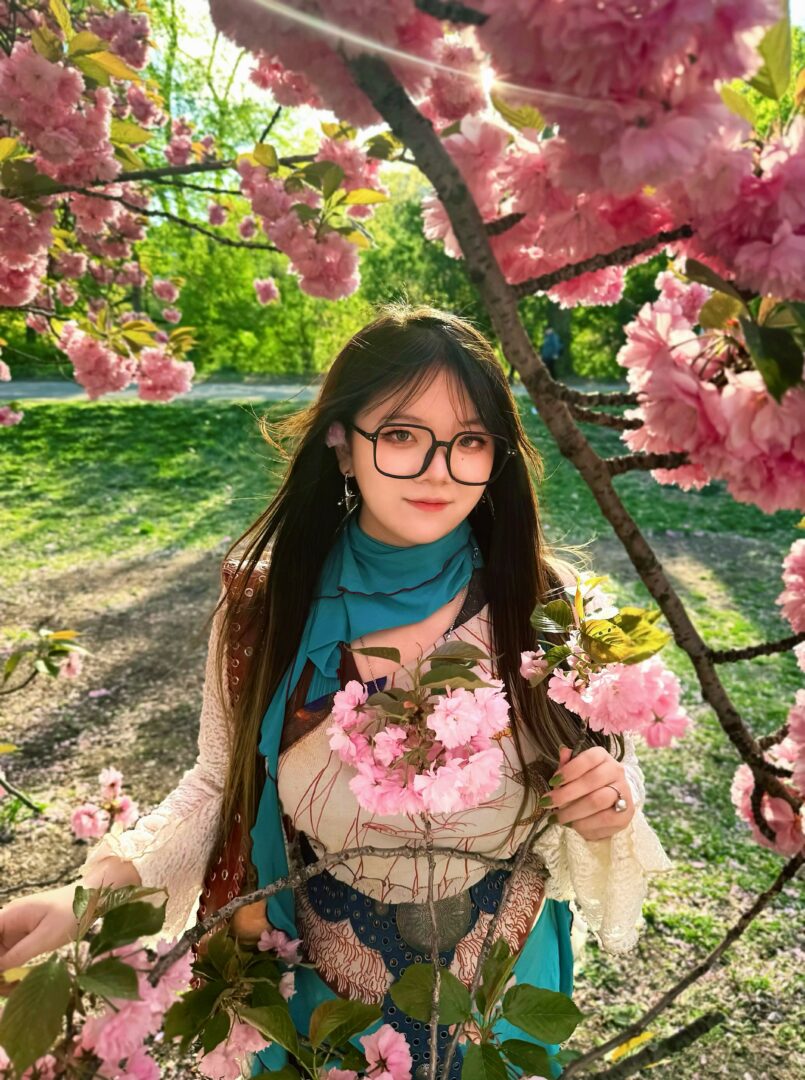We recently connected with Feiyang Yin and have shared our conversation below.
Hi Feiyang, so happy you were able to devote some time to sharing your thoughts and wisdom with our community. So, we’ve always admired how you have seemingly never let nay-sayers or haters keep you down. Can you talk to us about how to persist despite the negative energy that so often is thrown at folks trying to do something special with their lives?
Before college, I had no formal training in art. When I decided to switch from business to art school, my first instructor asked me to paint something in acrylic to evaluate my skills. I stayed up all night painting a little boy. The next day, she told me not to waste any more time on painting and suggested I pursue Graphic Design instead. She said I have no talent in painting.
It was discouraging—but I didn’t agree. I changed instructors and decided to challenge myself. I focused on building a portfolio for Illustration major. A year later, after being accepted into SVA with the highest scholarship, I kept enrolling in oil painting classes, determined to grow. Professors like Marvin Mattelson and Peter Fiore gave me A+ every semester.
Sometimes, the loudest voices aren’t the right ones.
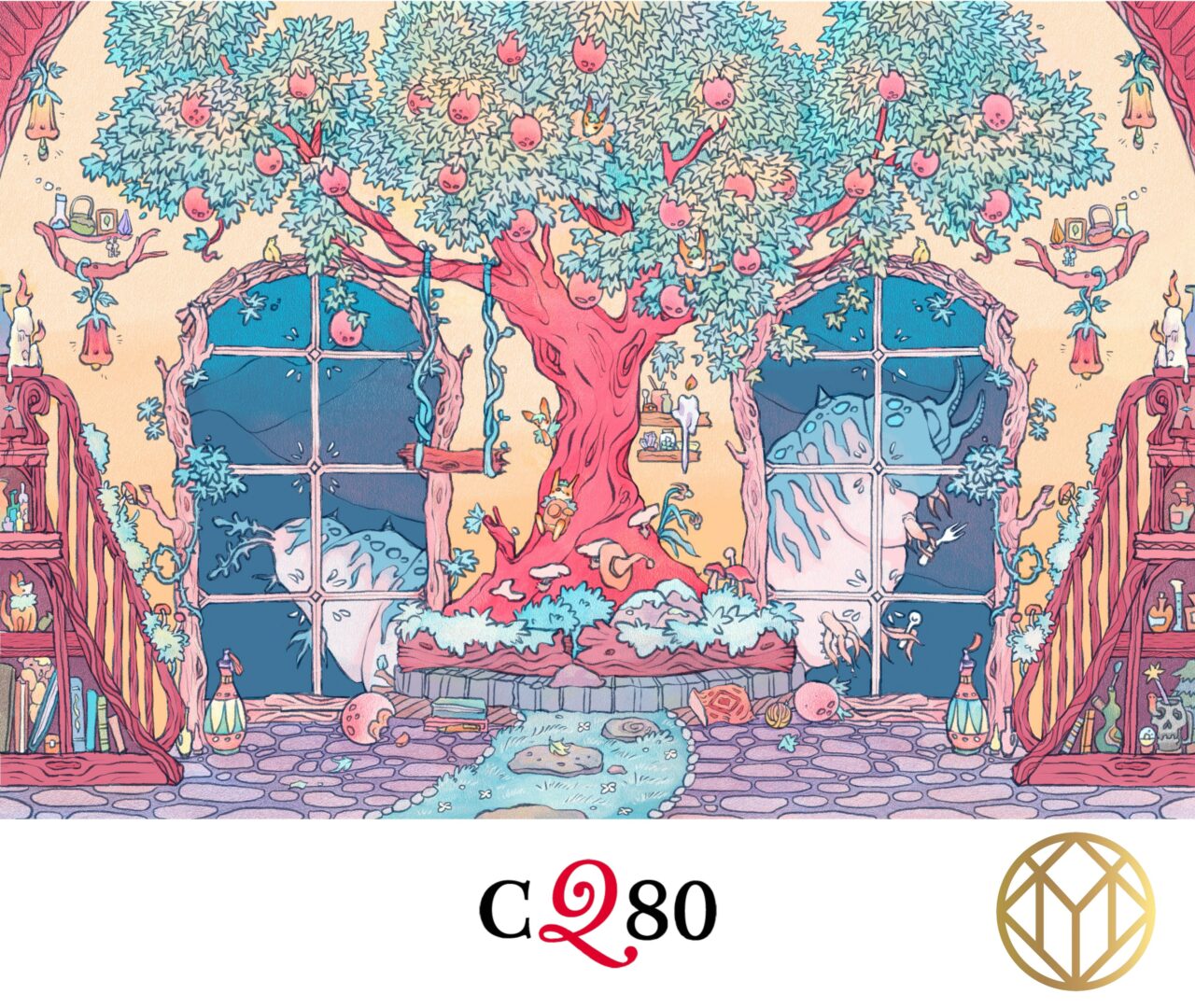
Thanks for sharing that. So, before we get any further into our conversation, can you tell our readers a bit about yourself and what you’re working on?
No problem!I’m an illustrator focused on conveying emotion and narrative through imagery. My work is known for its delicate expression, layered compositions, and a balance between the real and the imagined. I often explore themes such as childhood memory, nature and inner psychological spaces.
Because of my own childhood—growing up with illness, family violence, and divorce—I’ve always turned to drawing as a way to comfort myself. Nature plays a huge role in that. Trees, animals, and quiet outdoor spaces show up again and again in my work—they’ve always felt like a kind of shelter to me.
To me, illustration is more than visual communication—it’s an emotional language. I hope viewers can find a quiet sense of connection in my work.
Currently, I’m developing projects in picture books and editorial illustration. My work Nightfall Odyssey has been recognized by awards like ADC Young Ones、Csp Contest and Creative Quarterly. I also experiment with illustration across packaging and visual product design, continuously expanding the way stories can be told through images.
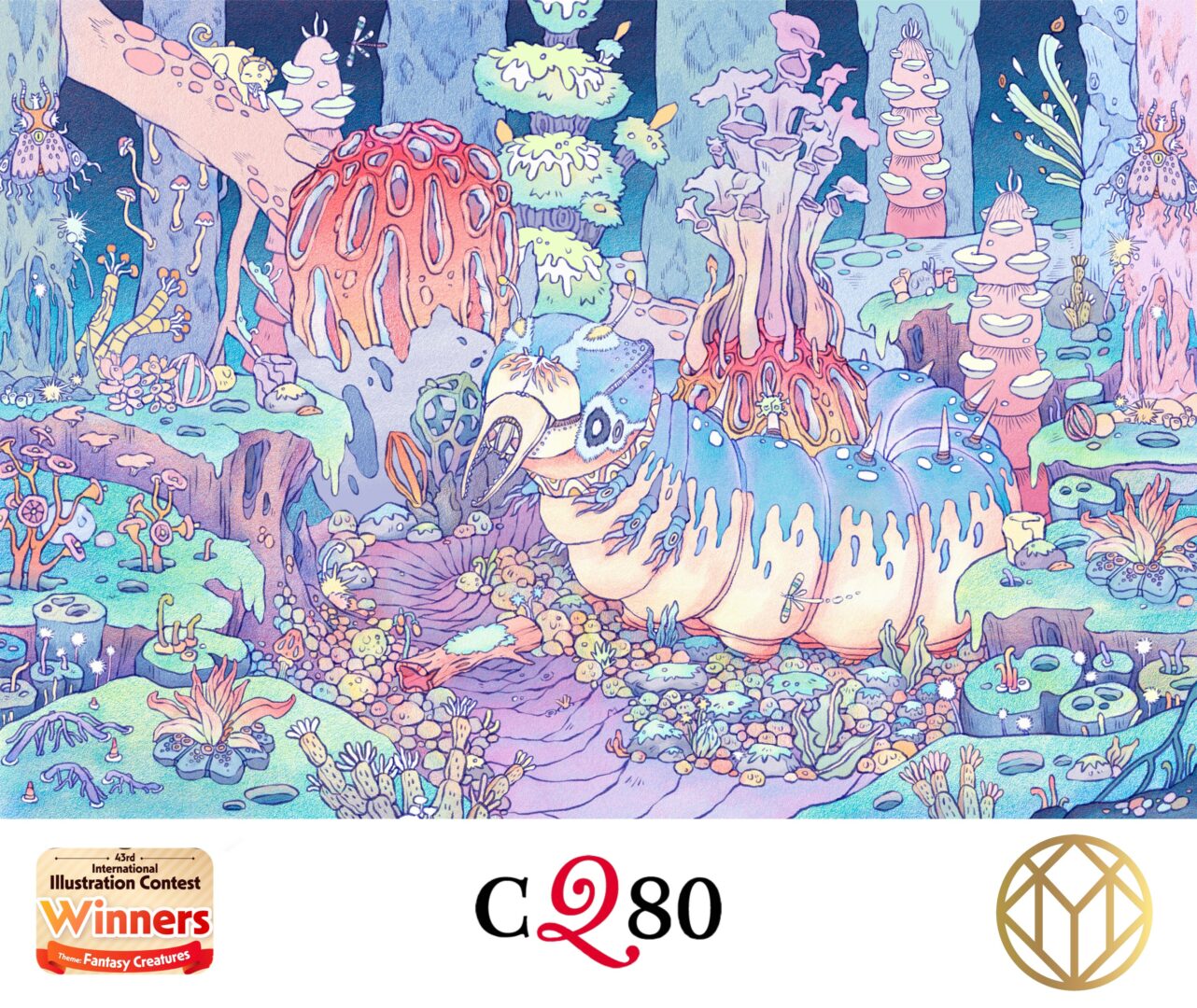
There is so much advice out there about all the different skills and qualities folks need to develop in order to succeed in today’s highly competitive environment and often it can feel overwhelming. So, if we had to break it down to just the three that matter most, which three skills or qualities would you focus on?
OK! Let me recall my experience.
First of all,seeing the invisible.
Illustrators notice things that most people walk past—a shadow that feels heavy, a child’s glance that says more than words, a tree that reminds you of someone. Learning to see is the real training. It’s not about how much you draw, but how deeply you observe. Carry a sketchbook, but more importantly, carry curiosity. The invisible makes your work unforgettable.
Second,staying soft in a sharp world.
In a fast, competitive art world, it’s easy to get cynical or burnt out. I’ve learned to protect my softness—my slowness, my sensitivity, my need for meaning. That softness is where all my best work comes from. Grow your skills, yes—but grow your inner space too. Let art remain a place of safety and wonder. The industry will come and go, but your inner world is the real career.
Third,building a visual world of your own. Style isn’t something you chase—it’s something that slowly emerges as you explore what you love. Over time, I found myself drawn to certain colors, textures, compositions, and themes: fantasy mixed with reality. For beginners, I recommend noticing your habits. What do you keep drawing, even when no one’s watching? That’s the seed of your world. You have to believe in your work more fiercely than your audience ever will—that’s how it finds its way.
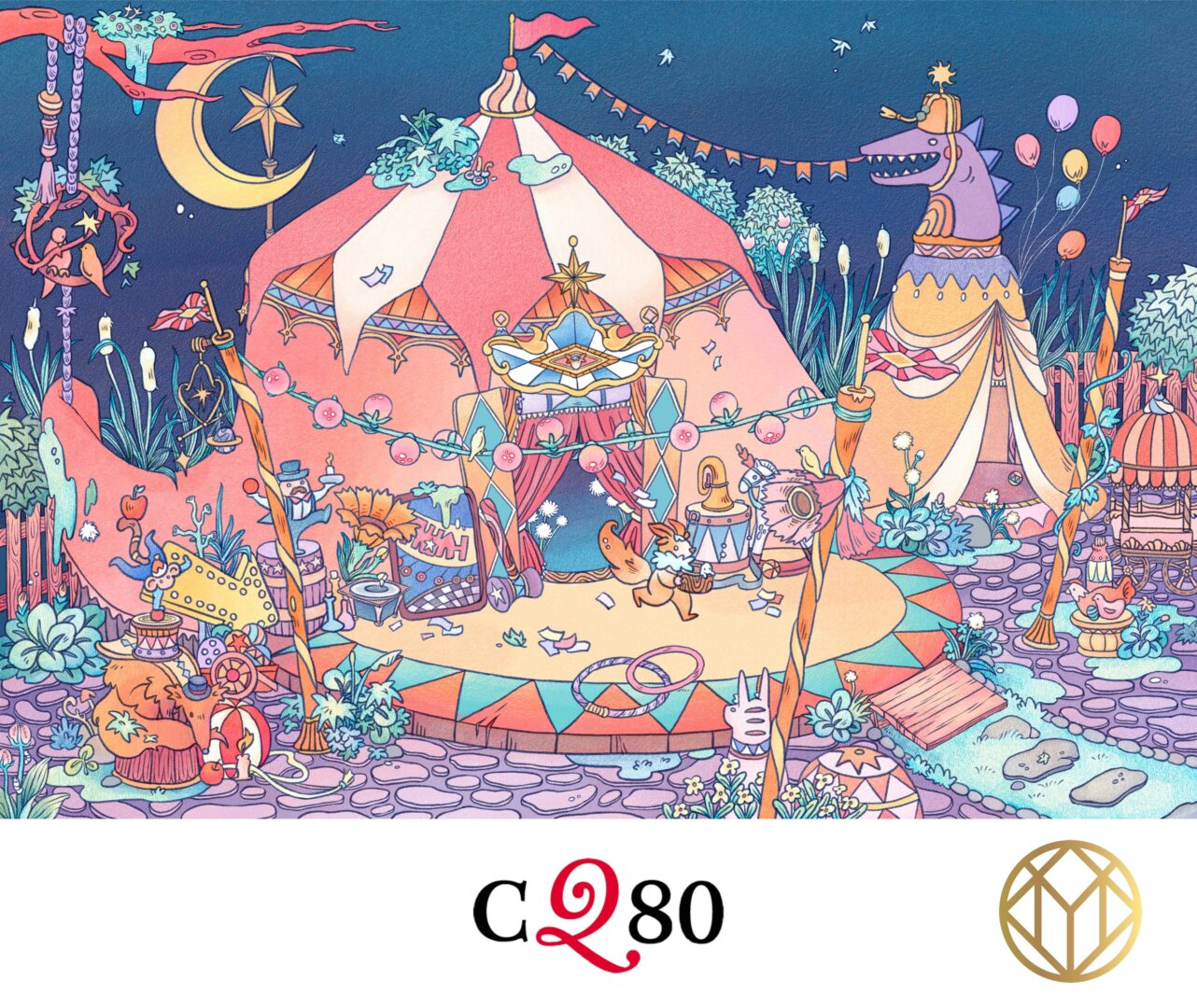
Alright so to wrap up, who deserves credit for helping you overcome challenges or build some of the essential skills you’ve needed?
Honestly, I’m really grateful for my senior-year professor, Lisk Feng. She helped me find my new style and made me feel excited about making art again. She always encouraged me to step outside my comfort zone—enter competitions. At the time, I didn’t have that much confidence, but she believed in me and gave really thoughtful guidance, always sharing from her own experience. That kind of support made a big difference for me, and I don’t think I’d be where I am now without that.
Contact Info:
- Website: https://feiyangart.univer.se
- Instagram: https://www.instagram.com/feiyangyin_0523?igsh=aDZzeWdscWc4YjRv&utm_source=qr
- Linkedin: https://www.linkedin.com/in/feiyang-yin-ba2726366?utm_source=share&utm_campaign=share_via&utm_content=profile&utm_medium=ios_app
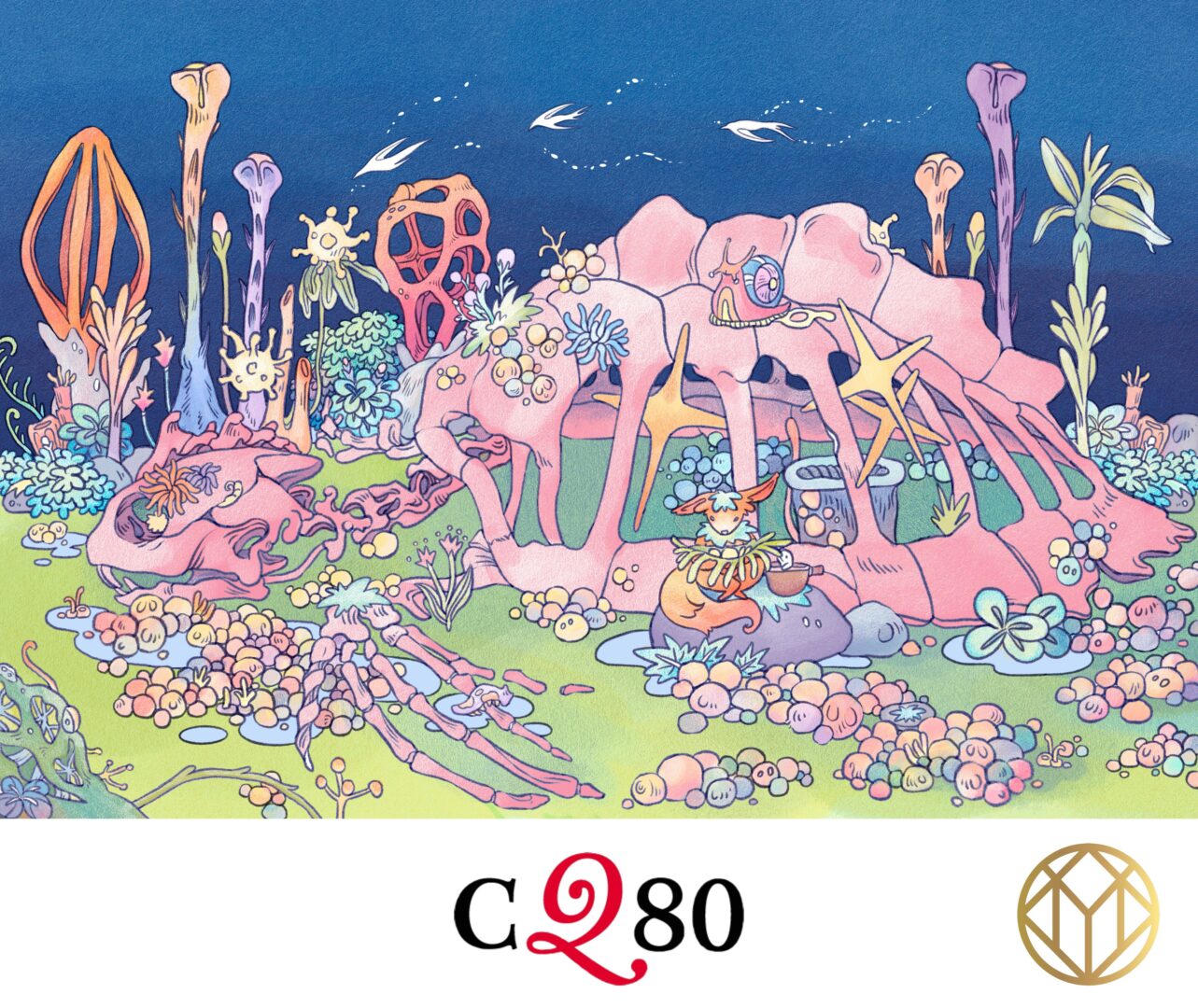
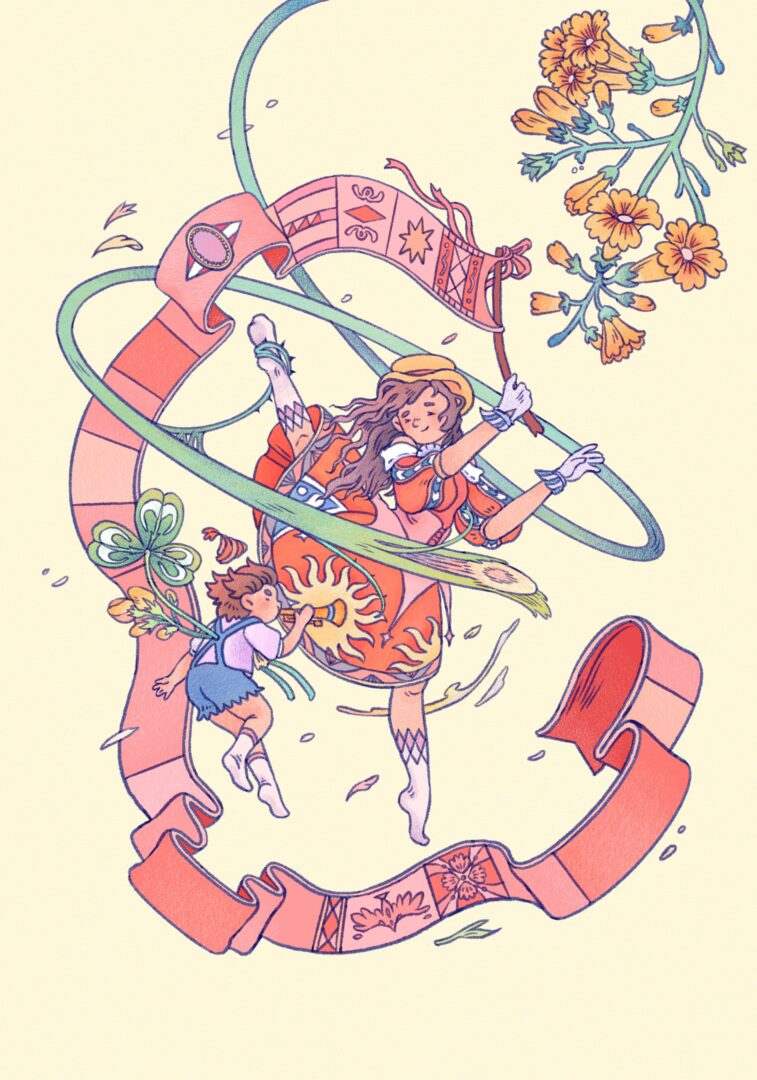
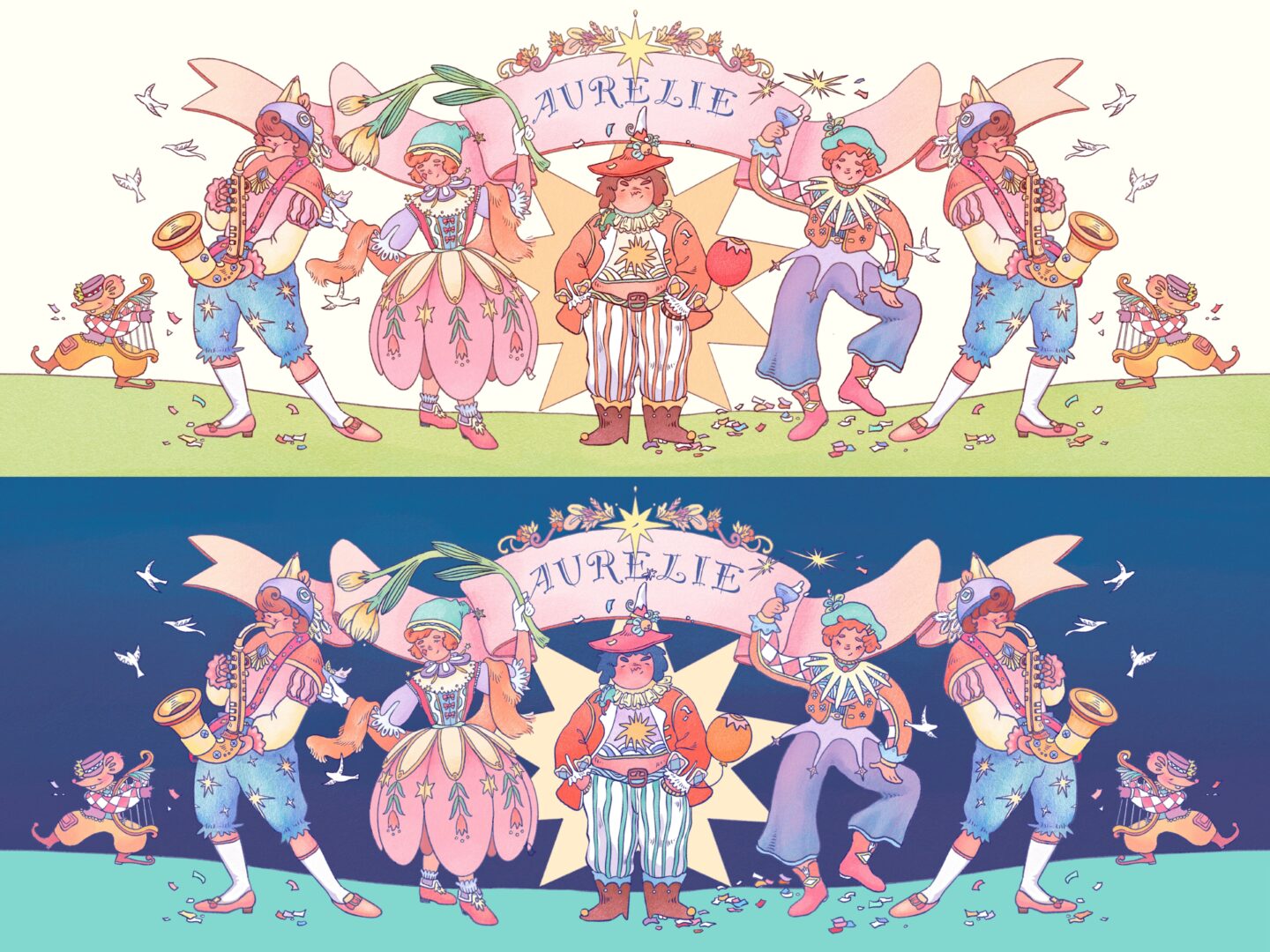
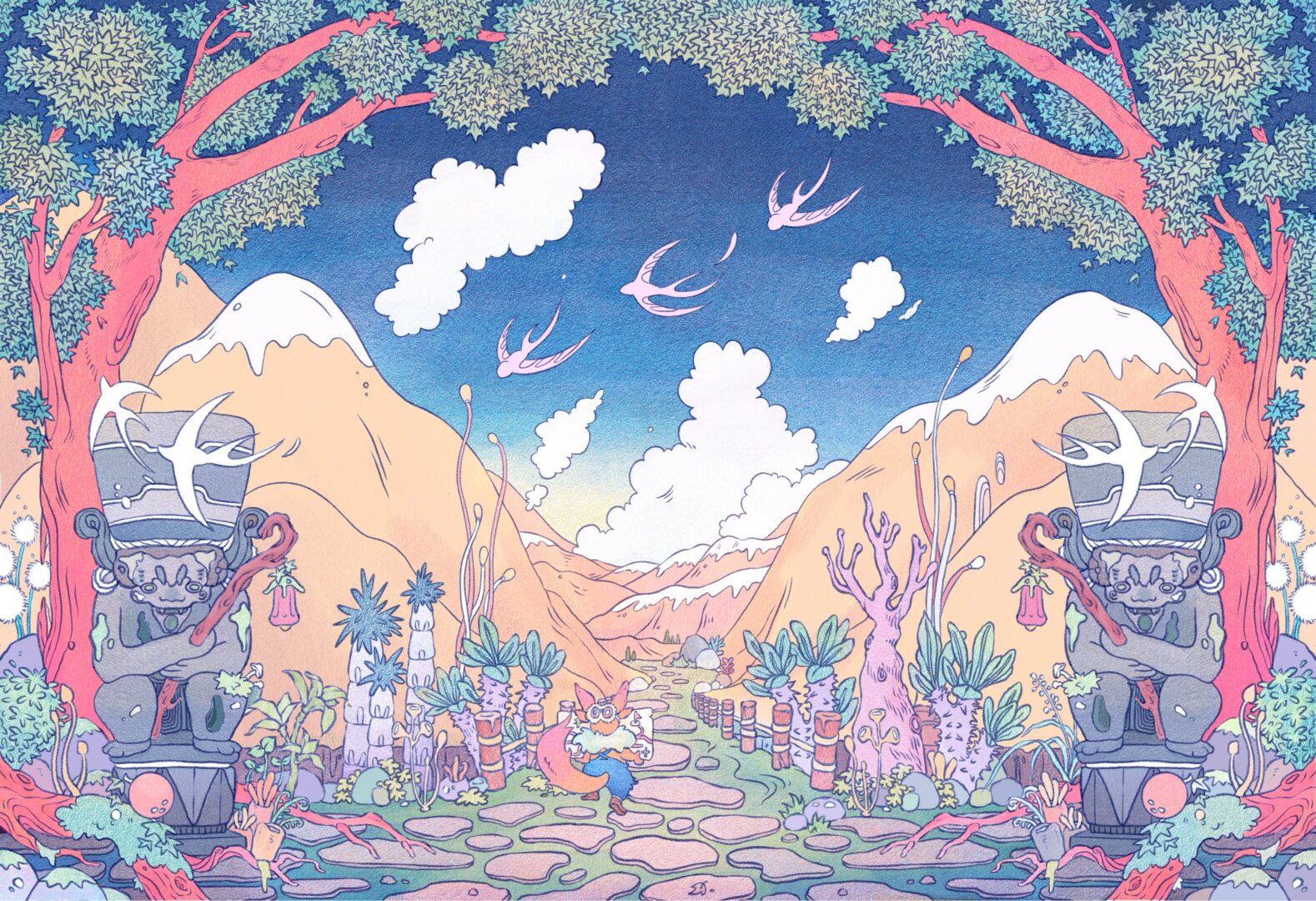
so if you or someone you know deserves recognition please let us know here.

